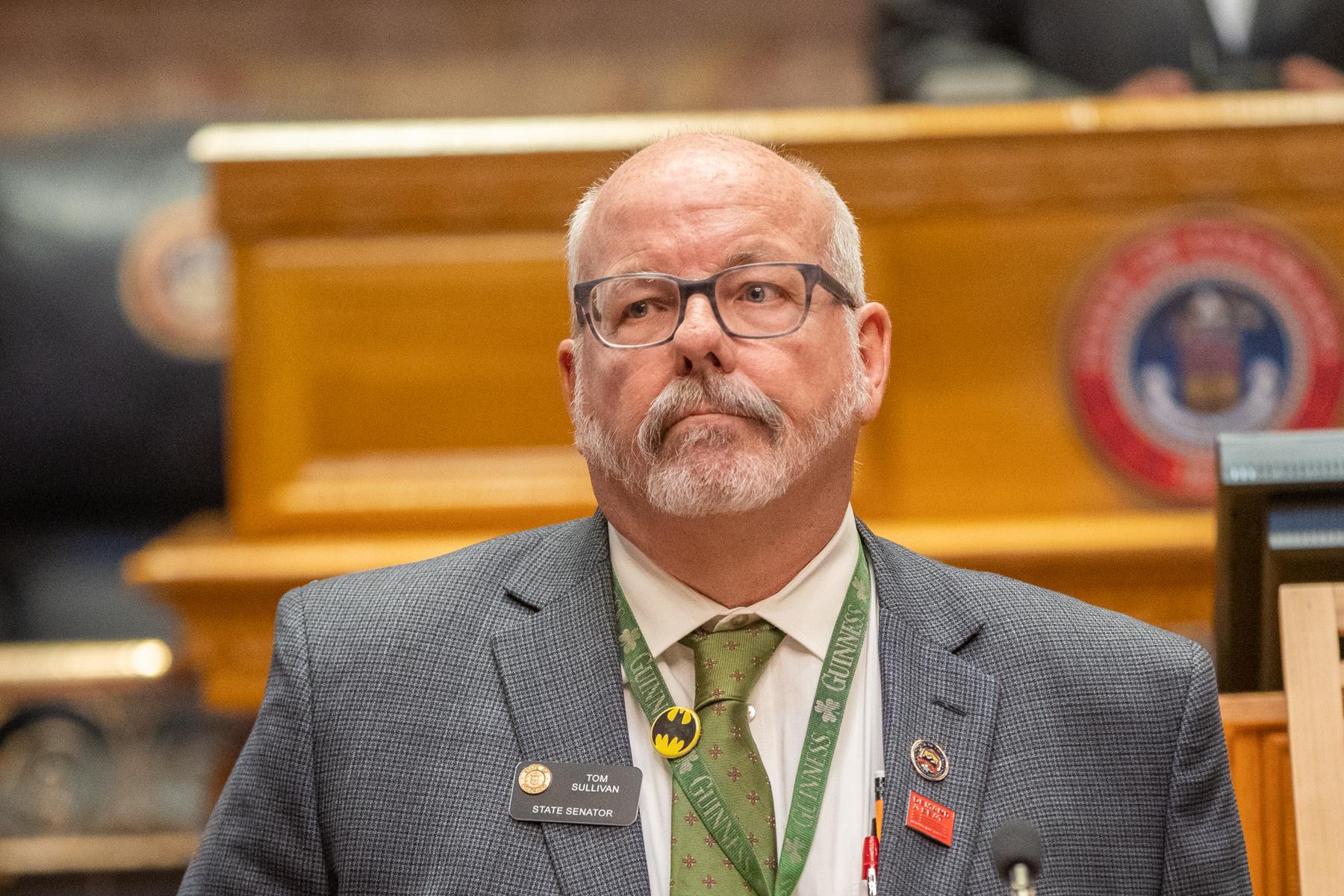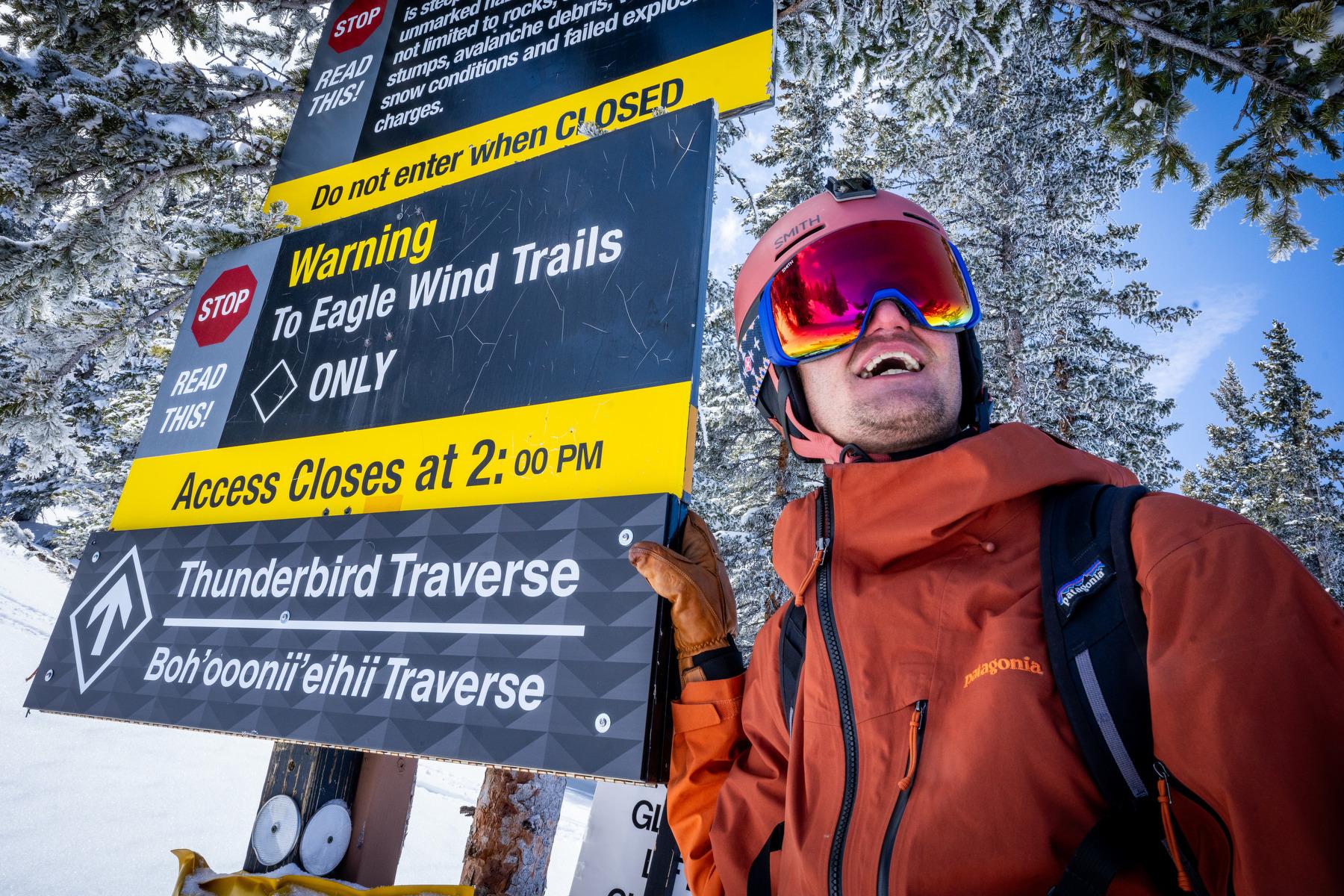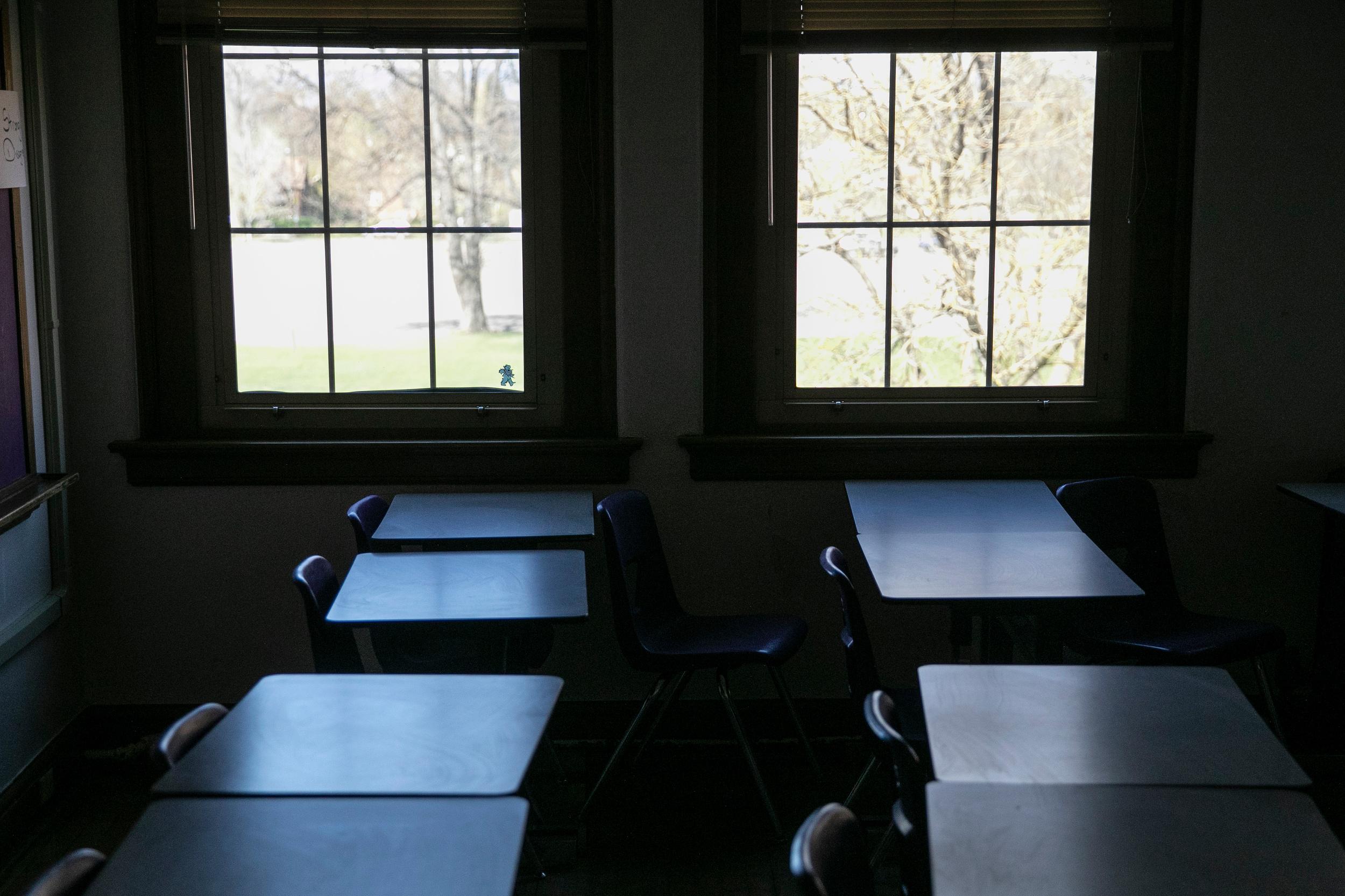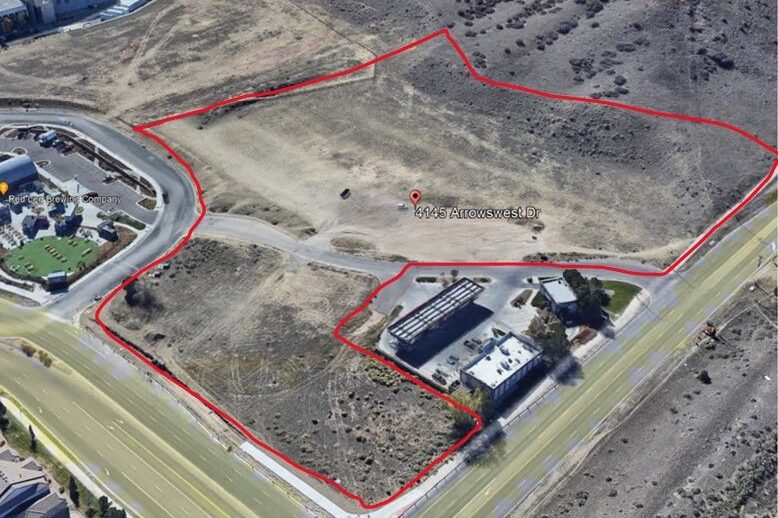The federal government is close to deciding the fate of one of the state’s largest water projects. Growing cities on the northern front range want to take more water from the Colorado River. But environmentalists argue the project could permanently damage the river. Colorado Public Radio’s Ben Markus reports.
Reporter Ben Markus: Jeff Drager, an engineer with the Northern Water Conservancy District, has driven to a remote location southwest of Loveland. This is where he hopes to soon build a massive 270 million dollar reservoir...the hallmark of the so-called Windy Gap Firming Project.
Jeff Drager: We give tours a couple times a year out here, and we park pretty close to here, and the first thing I do is explain what firming means, and next time we won’t let an engineer name the project.
Reporter: Firming refers to stability - having a stable place to store water. Drager says they have rights to take more from the Colorado River … but can’t always divert the water because there’s no where to put it. Drager admits diverting more water will impact things like bugs and fish in the waterway. But he says the utility has agreed to invest heavily in repairing the ecosystems strained by Windy Gap.
Drager: We will take more water, but we will, with the enhancement measures as well as the mitigation we think that conditions will be better in the stream for aquatic life then they are even today.
Drew Peternell: I don’t think it’s true that the river will be a more healthy, better river after this project comes online.
Reporter: Drew Peternell is with the conservation group Trout Unlimited. He argues that Northern’s proposed investment in river ecosystems doesn’t go far enough. He says the river’s already hurting.
Peternell I mean people who fish that river for a living, guides and outfitters, they can attest to the fact that 20 years ago we had a great population of stoneflies, we don’t have those anymore. 20 years ago we had a great population of skulpin, which are a food source for the trout, we don’t have those anymore.
Reporter: And a recent state study says the likely culprit is lower river flows because of big water projects. But guys like Ken Kehmeier are confident that, with the utility’s help, they can rebuild a better river. Kehmeier is the Senior Aquatic Biologist at the Colorado Division of Wildlife. He says, for example, river channels can be narrowed to reflect the lower flows. He knows things like that work, because it’s been done elsewhere in the state.
Ken Kehmeier: We have seen a resurgence of the fisheries and invertebrates in these systems that we’ve gone in an done these similar types of enhancements too. So is it going to work, I can’t guarantee that, but our track record shows that it will.
Reporter: And now it’s up to the Bureau of Reclamation to decide if these measures are enough and if this project can go forward. In the meantime there are some holding out their approval of the project to extract even more environmental concessions. Like Grand County … which is where the water is directly taken from the river. Lurline Curran-Underbrink is the county manager. She says they’re currently negotiating with Northern Water for added protections.
Lurline Curran-Underbrink: And it has been the desire of the county commissioners We are better off if these projects are approved, that we are better off after them than we were before them.
Reporter: Back at the proposed reservoir site, engineer Jeff Drager says Northern Water is doing its best to balance the demands of rapid population growth.
Drager: If you’re going to add 50% or double your population, you’re going to have impacts.
Reporter: And Windy Gap isn’t the only looming impact facing the Colorado. Denver Water is also seeking approval for its Moffat Tunnel expansion. If both projects are built, about 80-percent of the Colorado River will be diverted to the Front Range.
[The site of the proposed reservoir. Photo courtesy of Northern Water]









